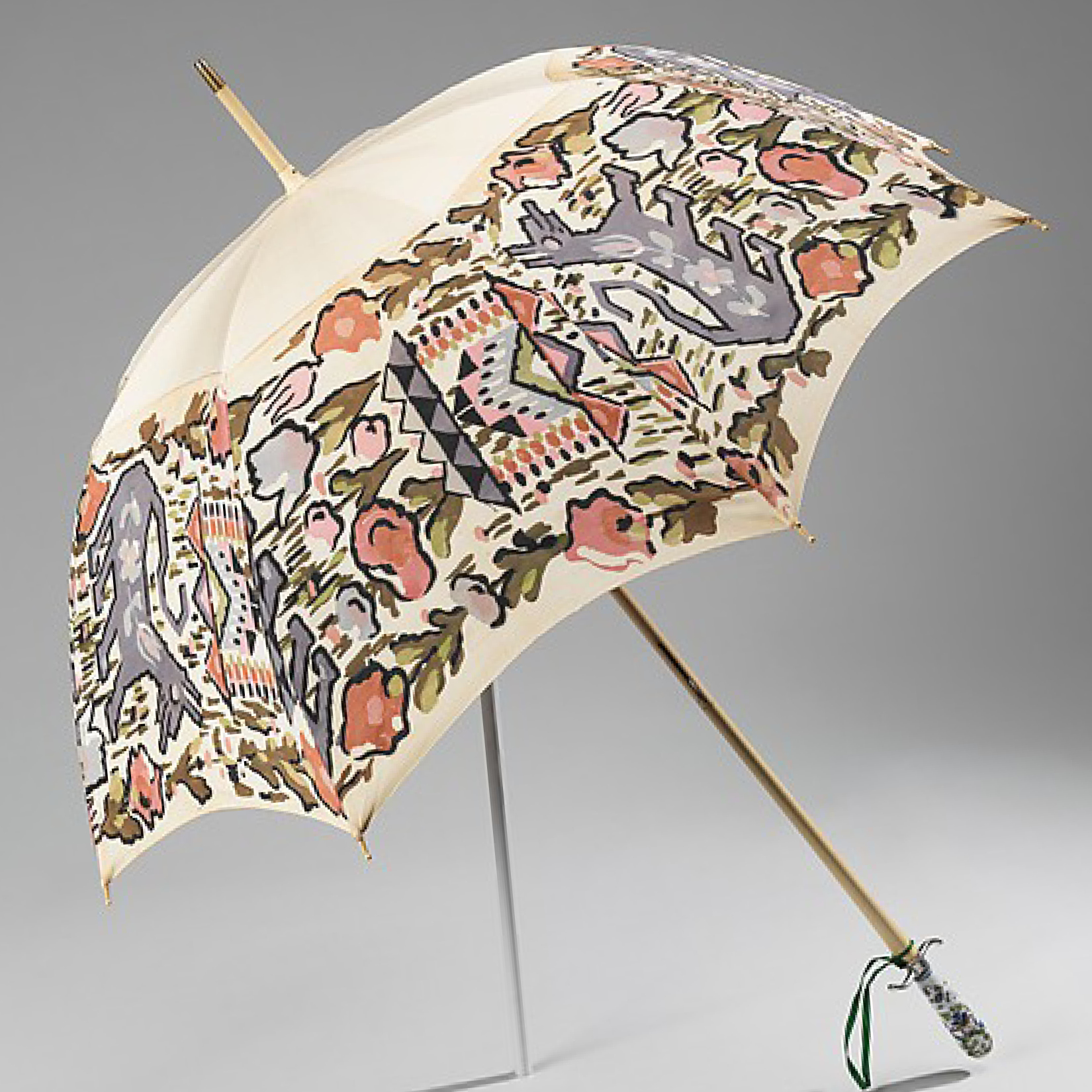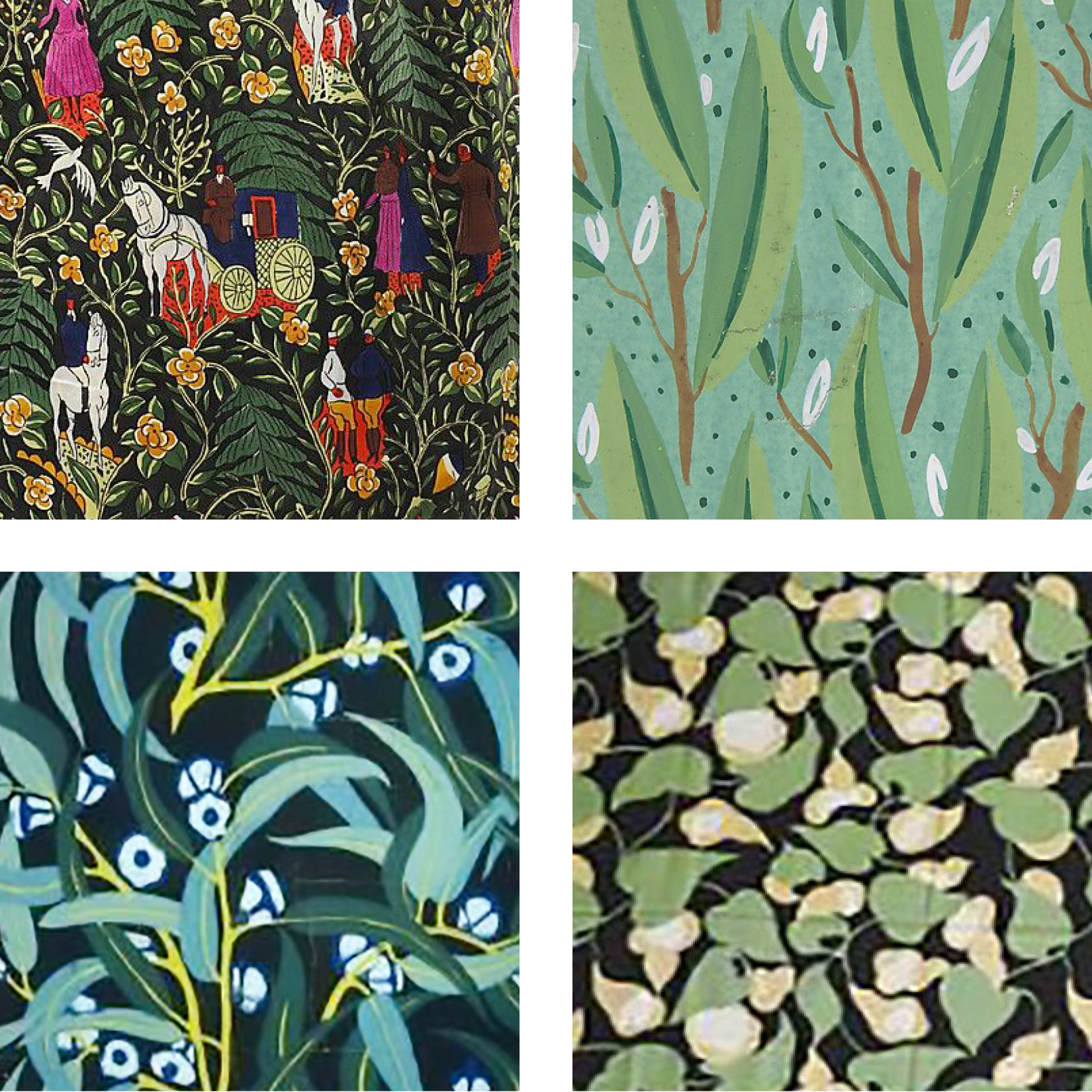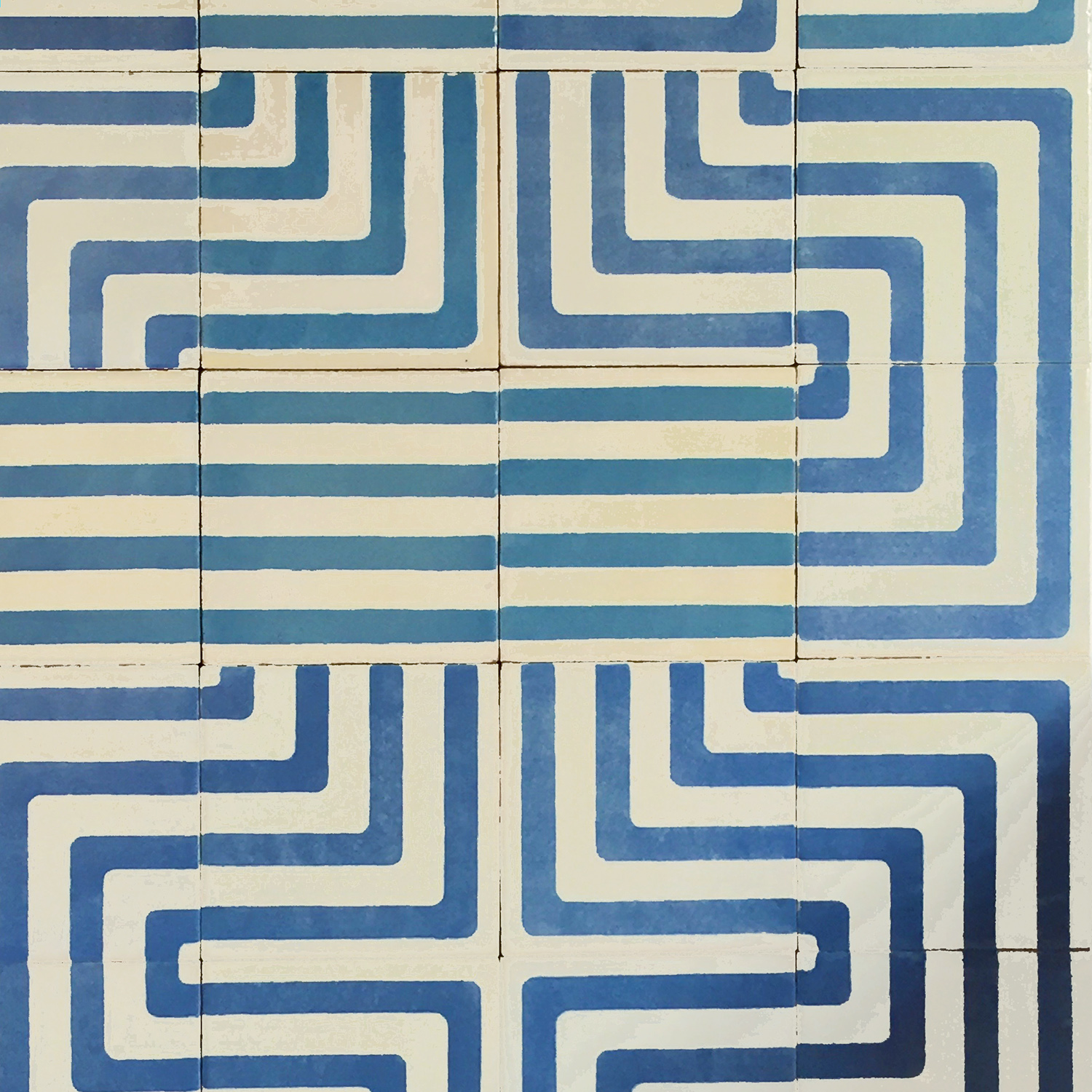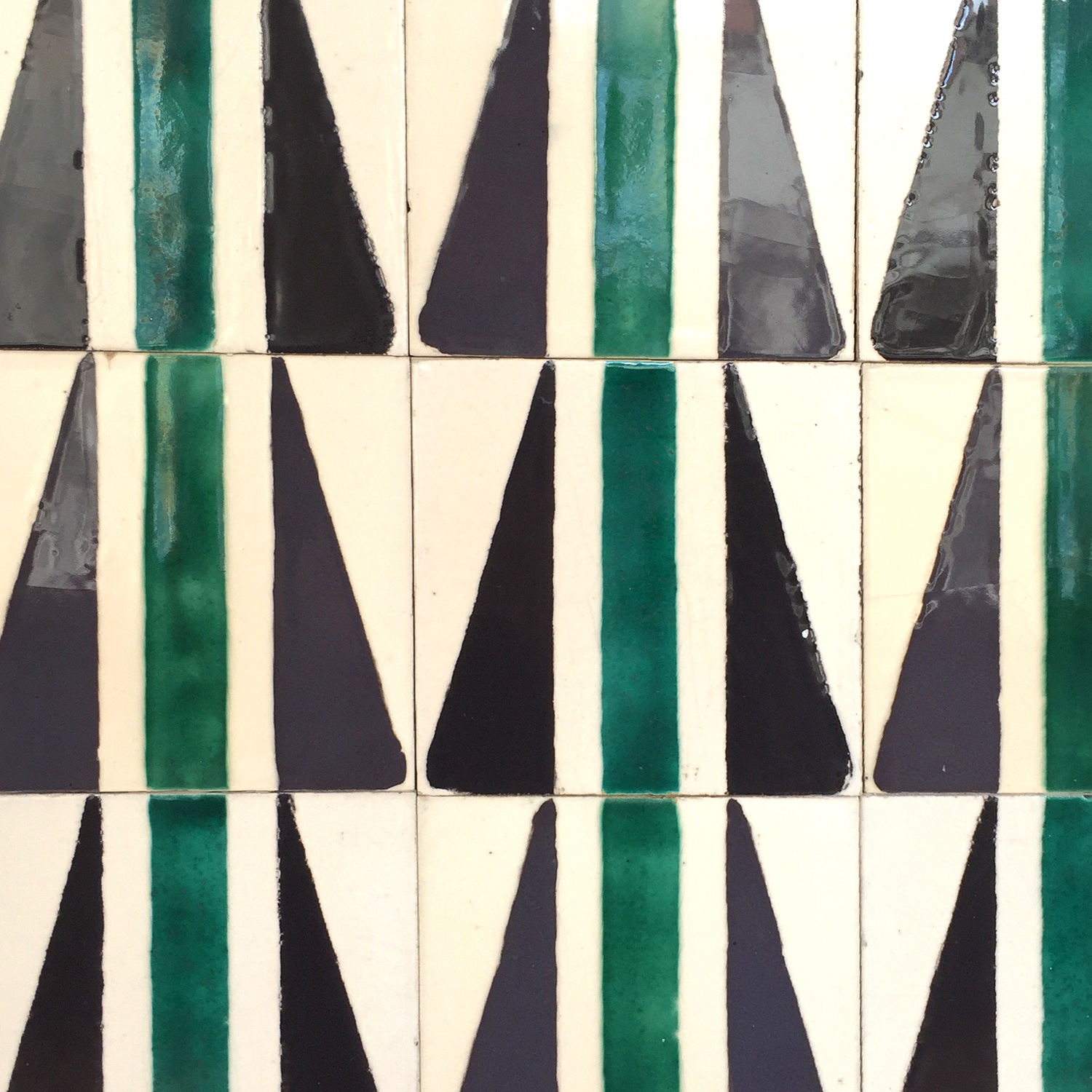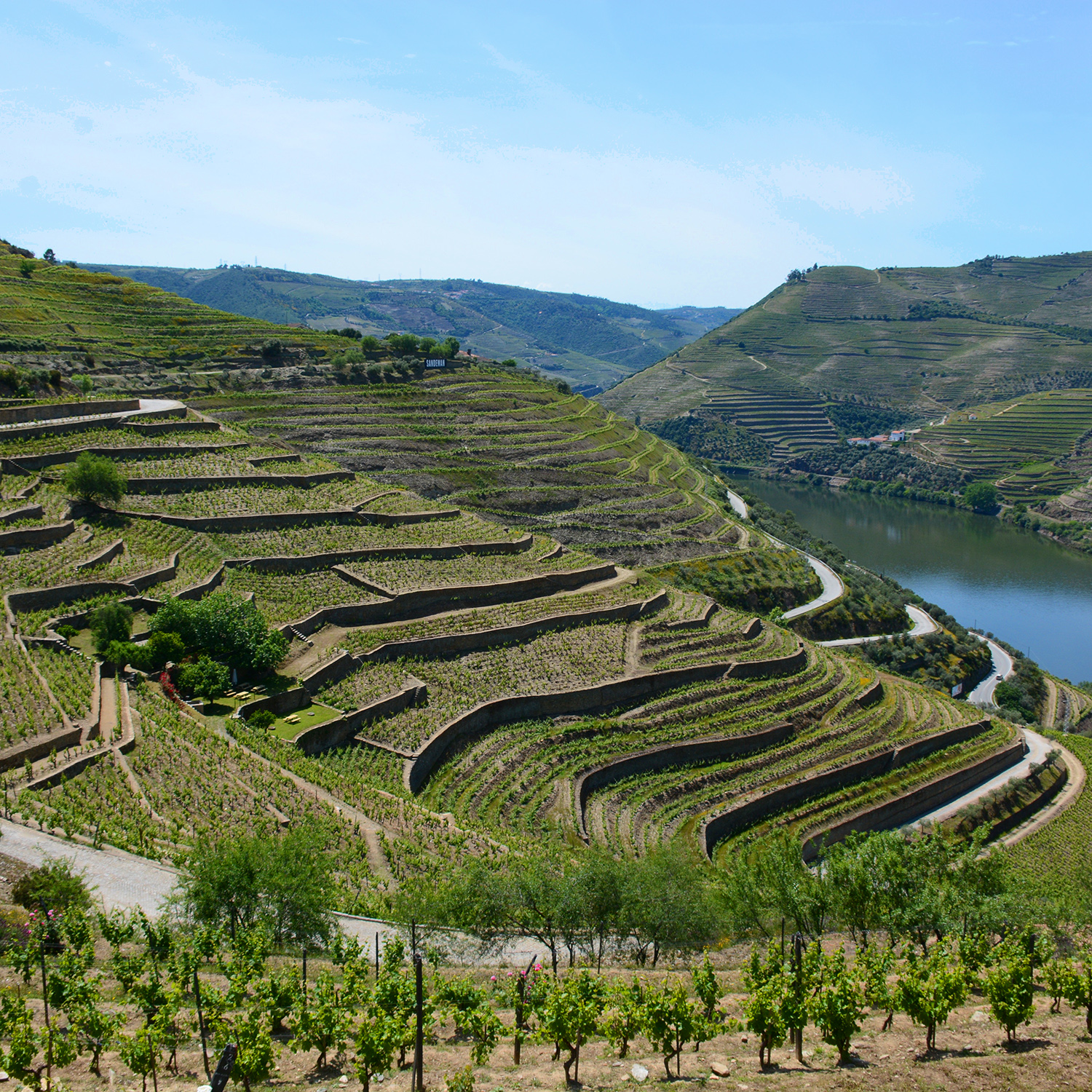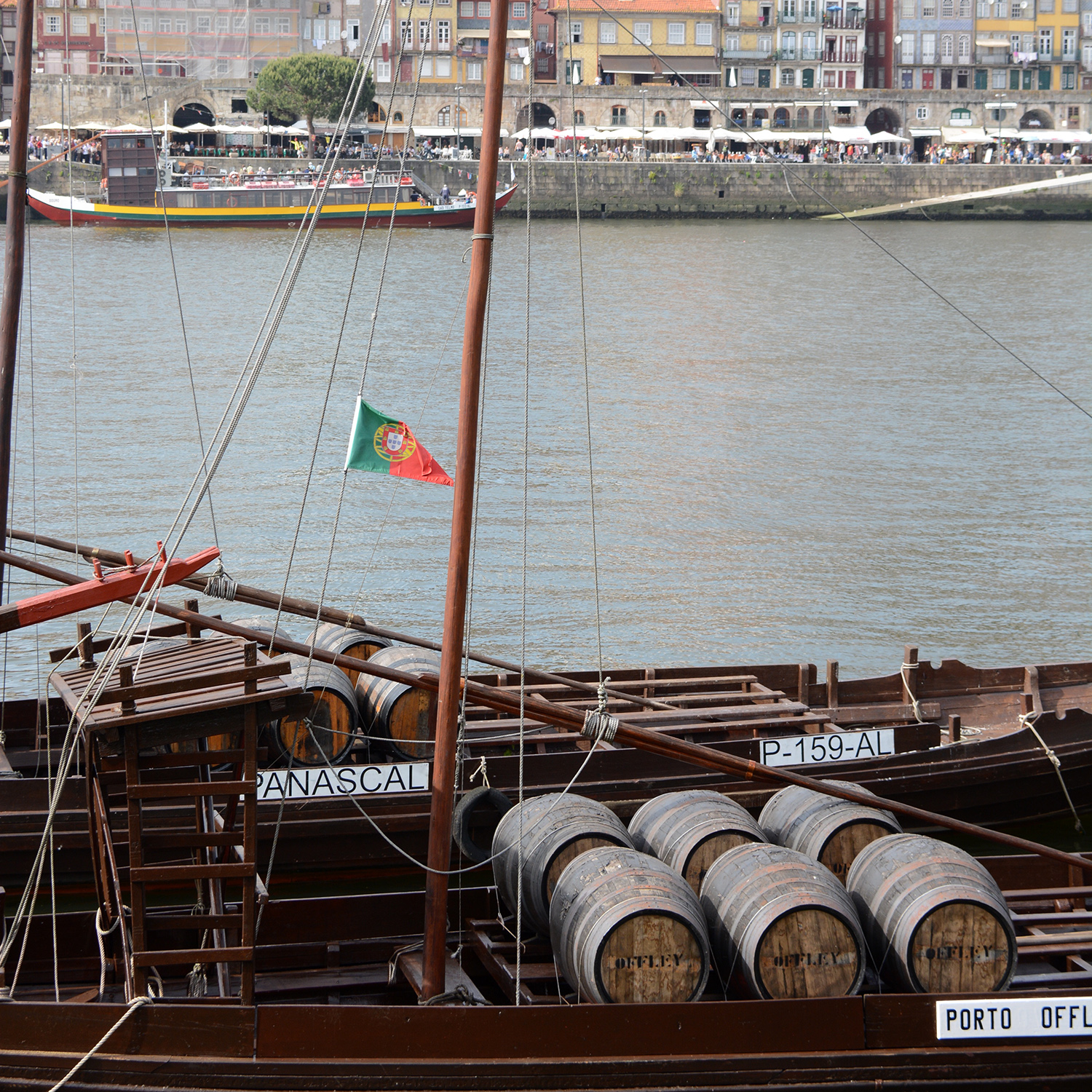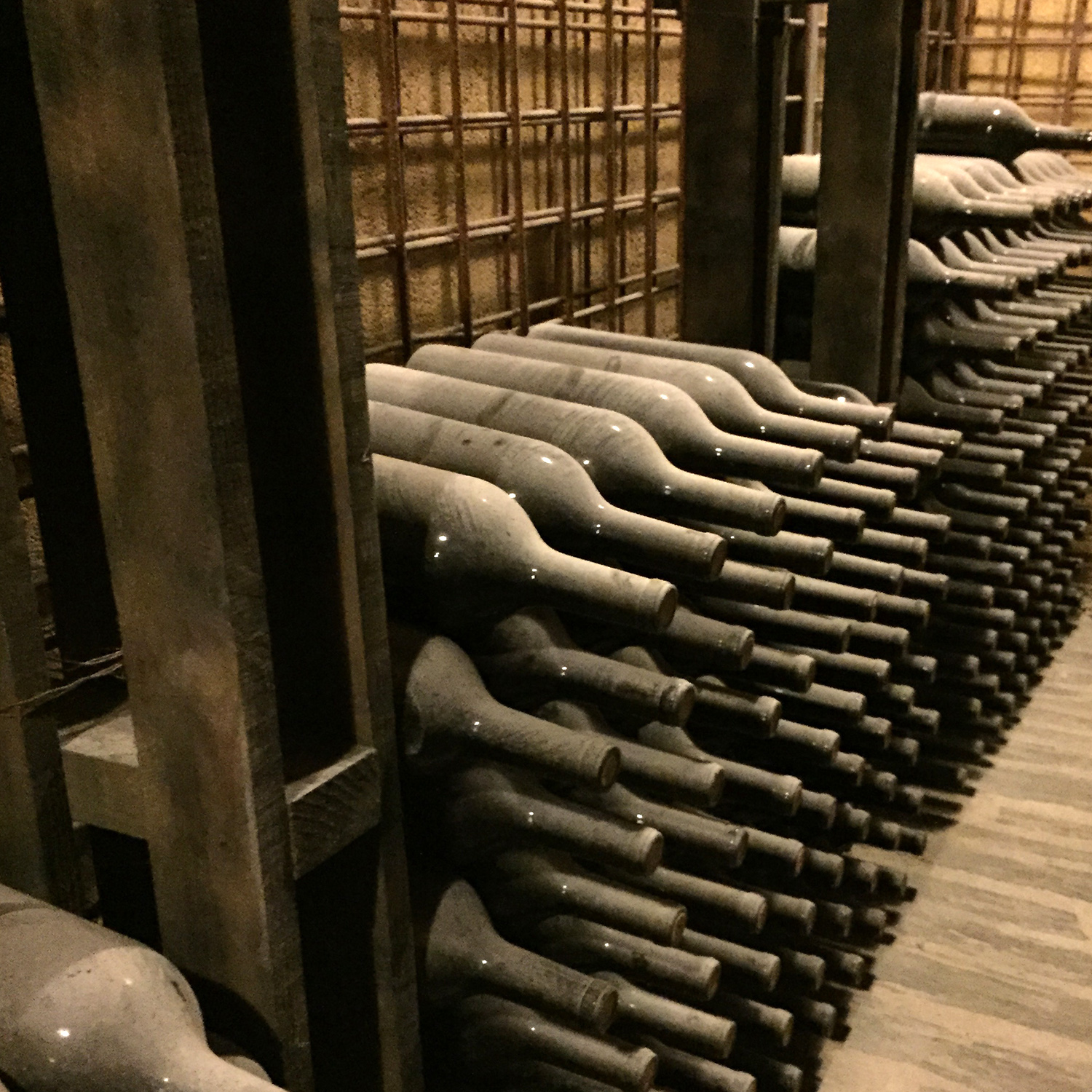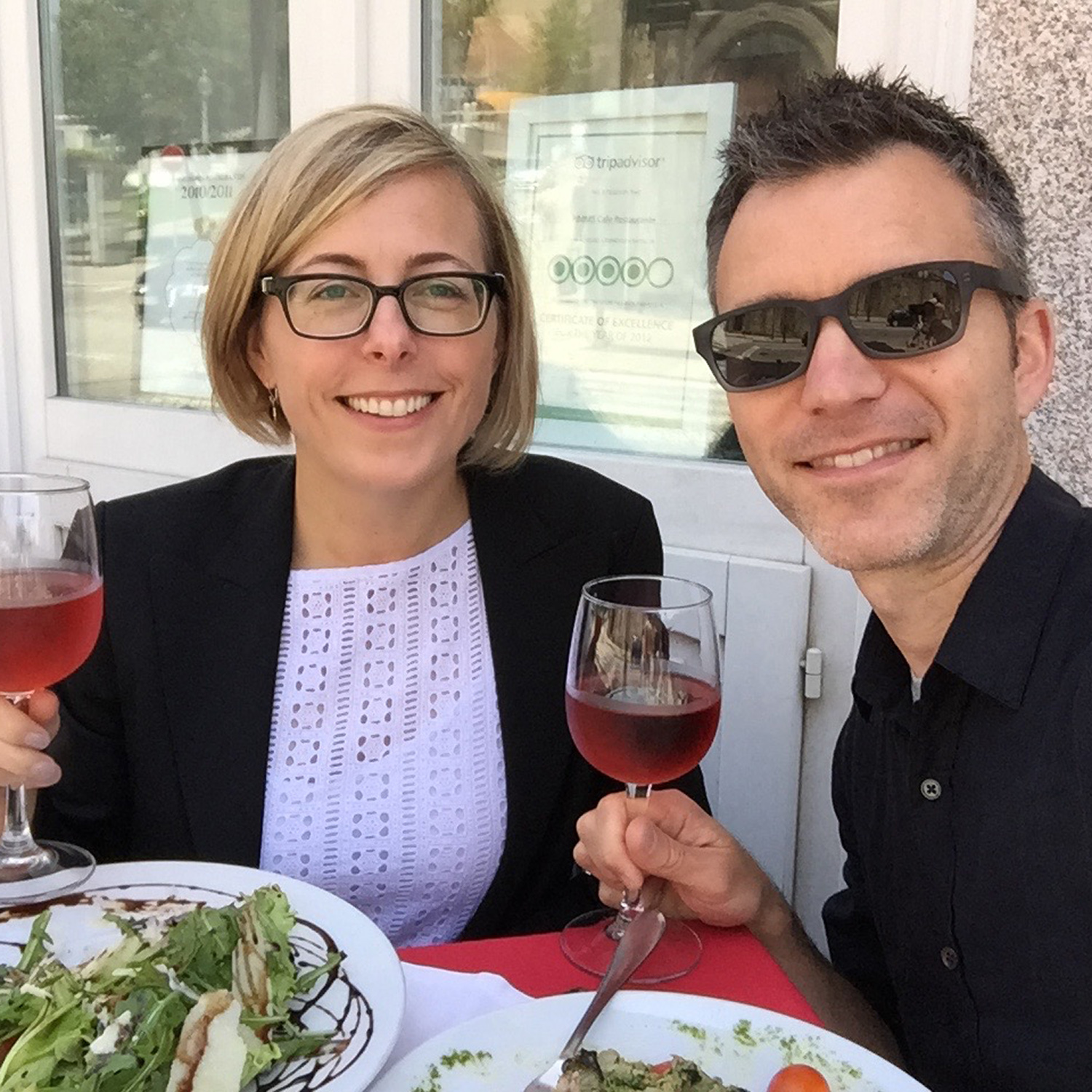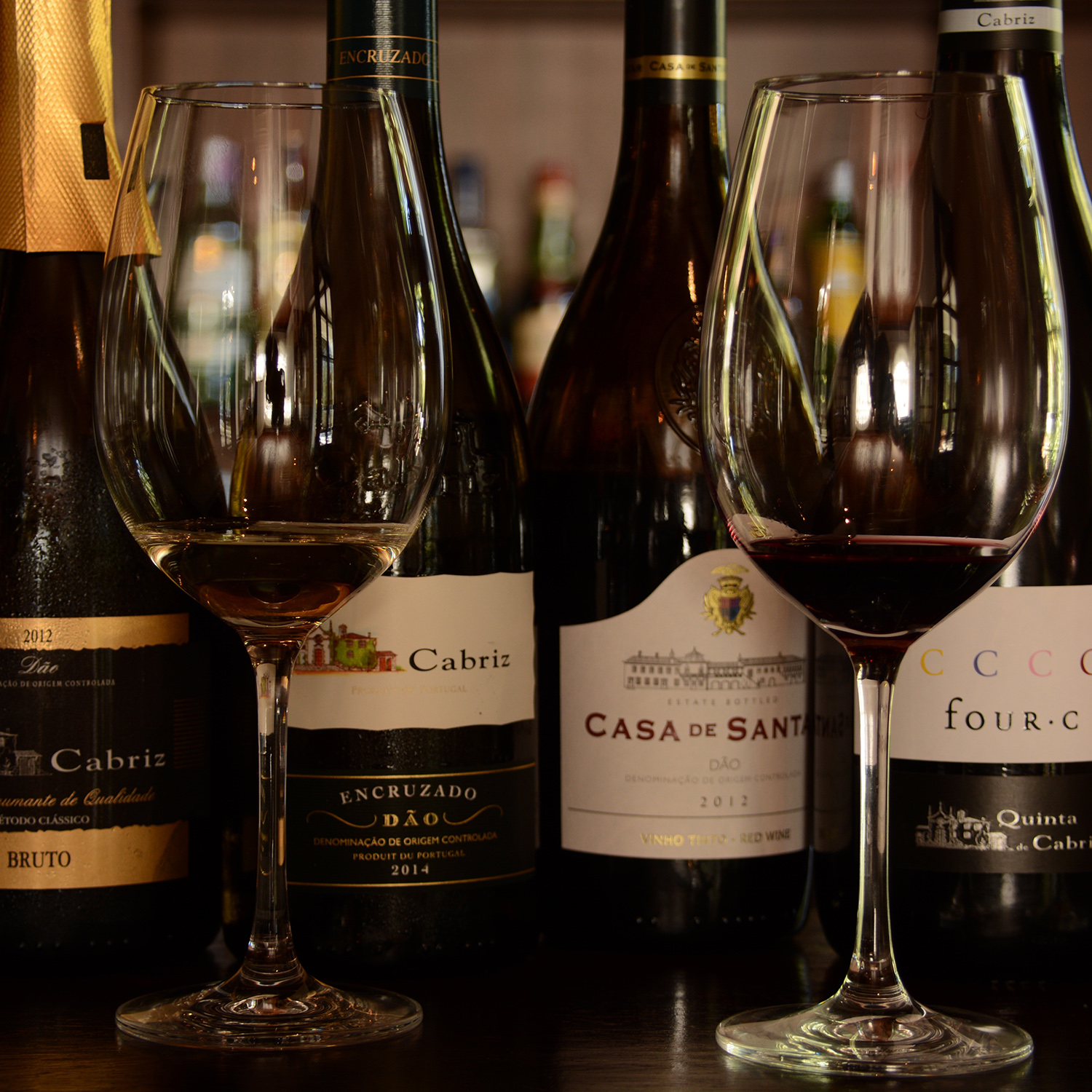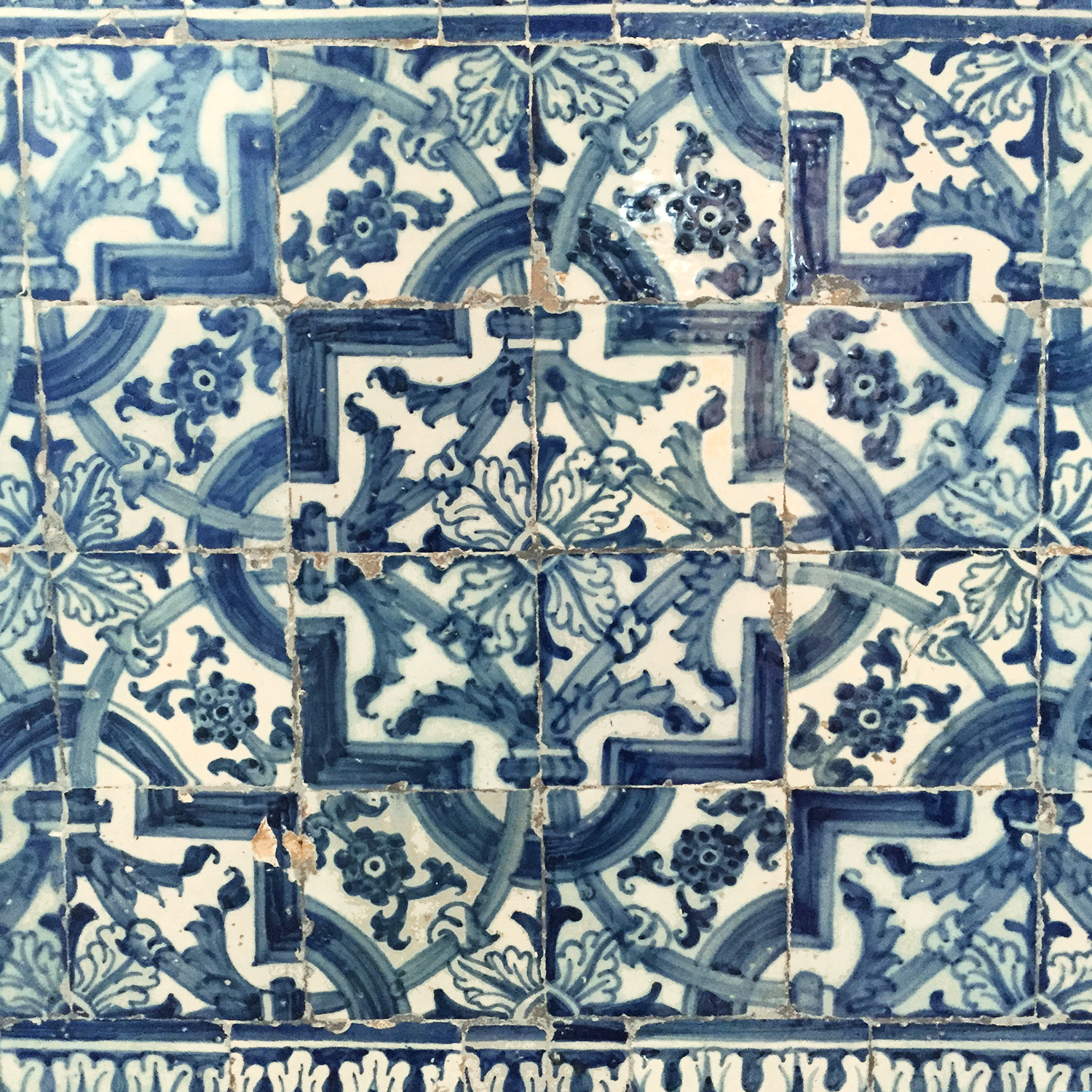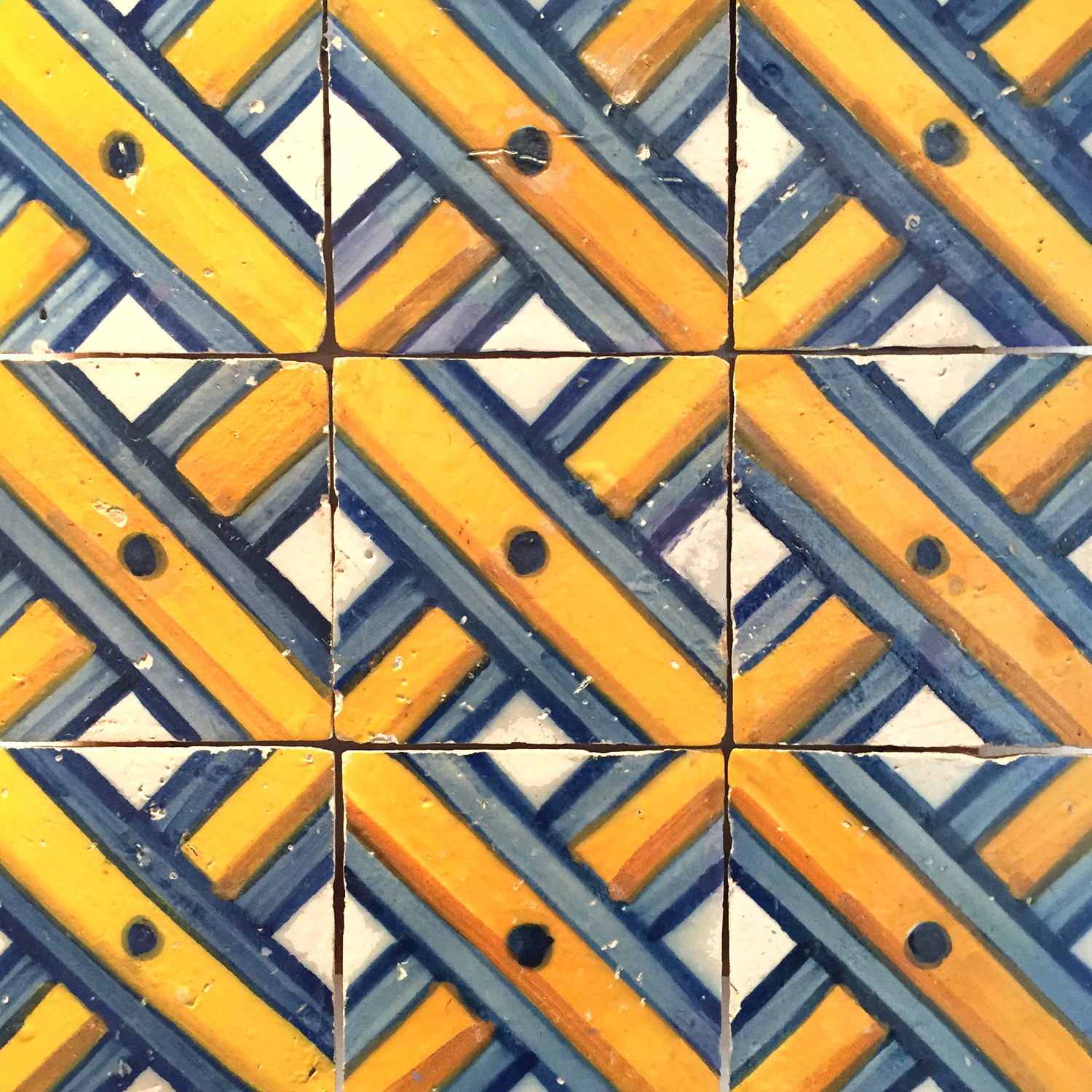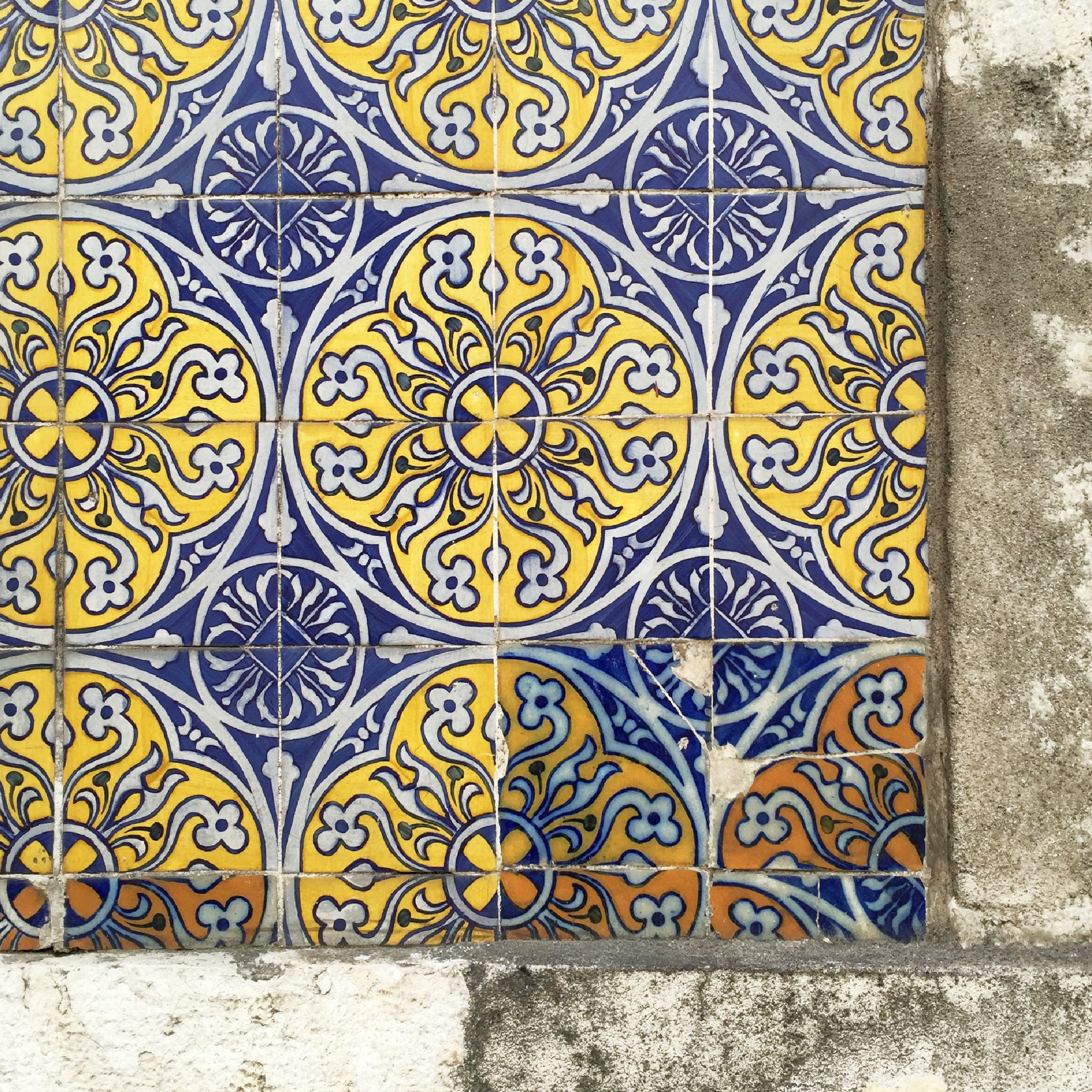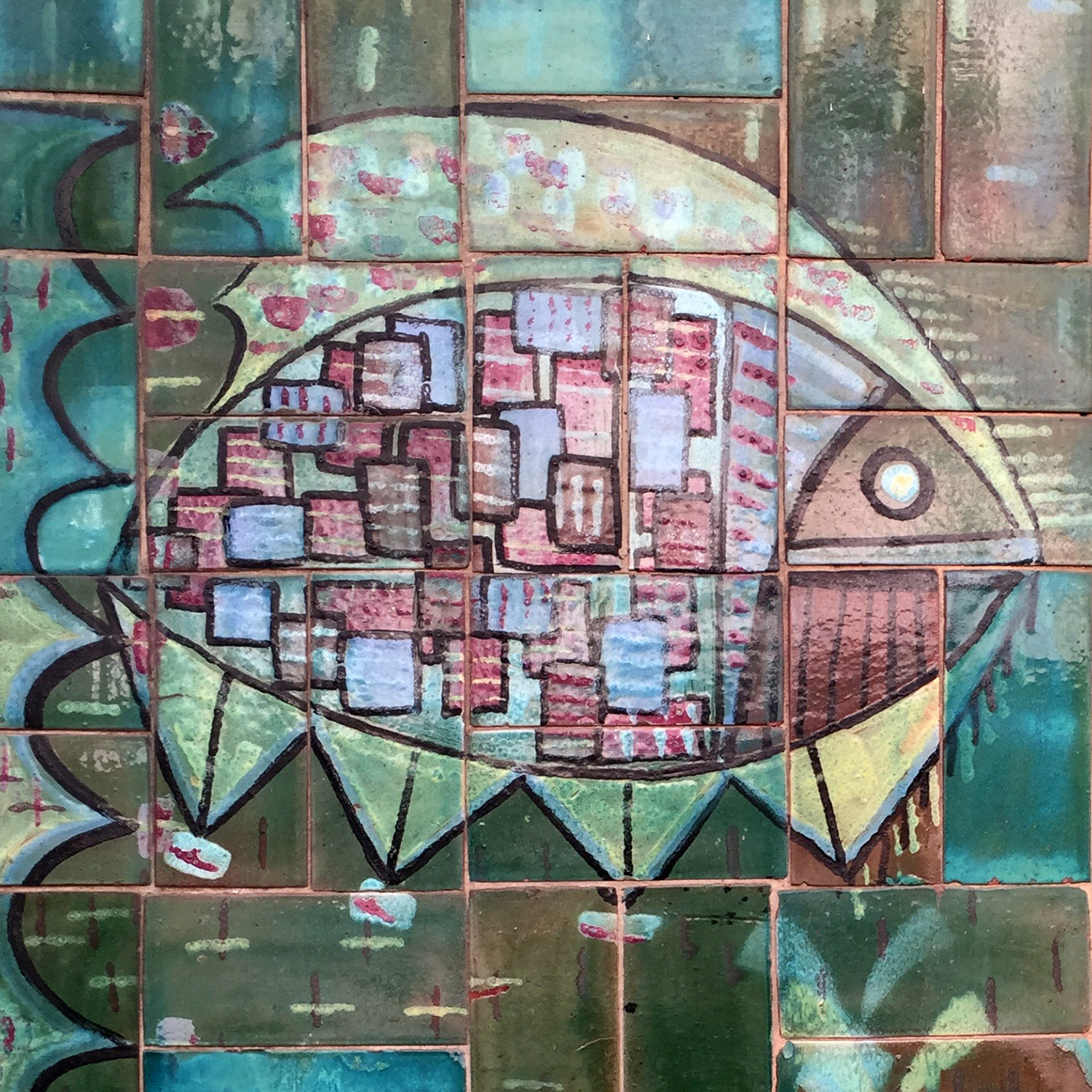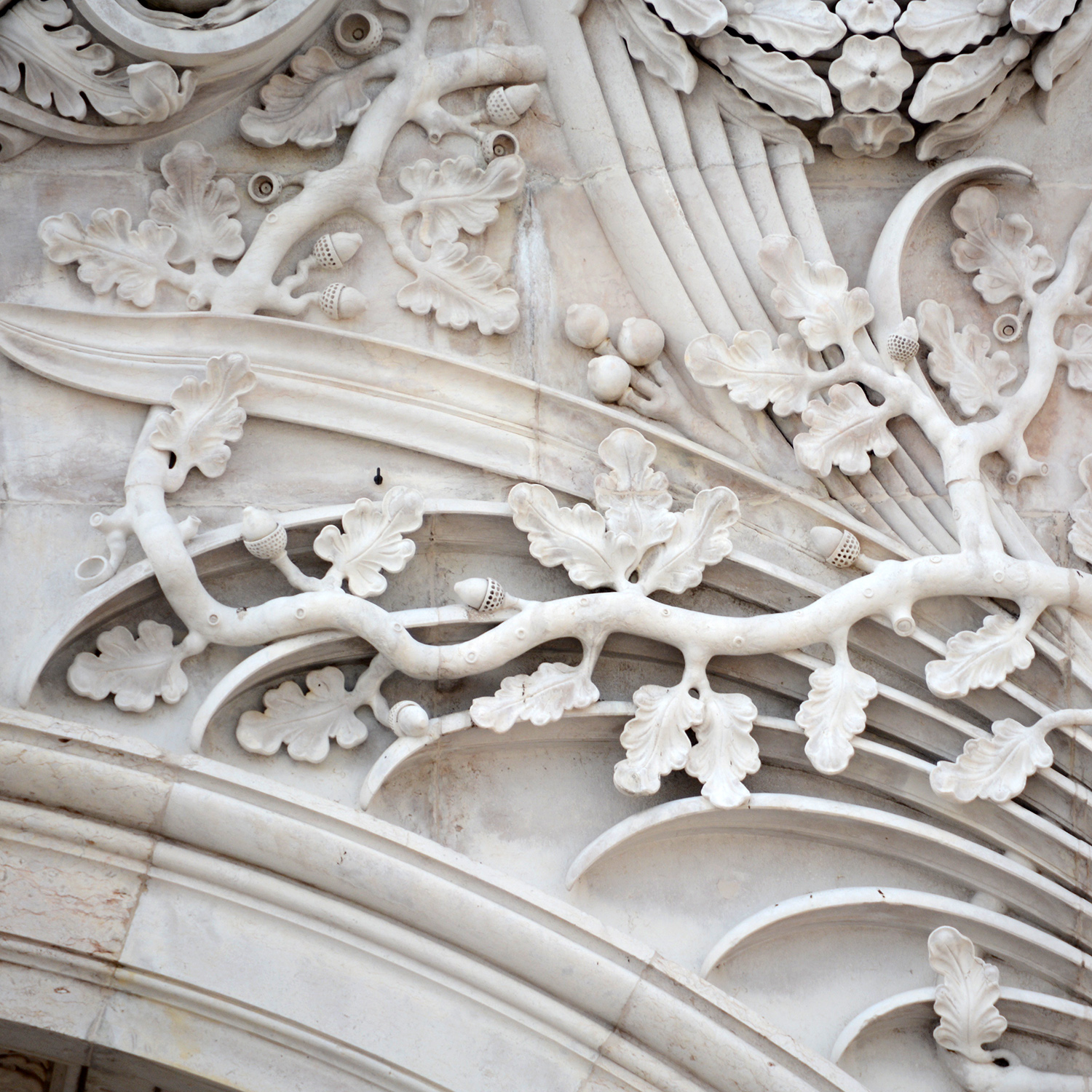Happy to share this—I was able to carve out some time to make my limited edition holiday cards this year, after a year’s hiatus.
Inspiration: A view of the sunset from a friend’s home in Bernal Heights. I love the silver agains the glow of the sky.
As a designer rooted in CAD, I did the original drawings in Illustrator.
Designing for a handmade piece, I know the final design will morph. I tossed around a few different elements and ideas, like the gold dots, knowing they would require some real world experimenting.
An early test. This uses metallic gouache instead of printing ink, which gives a great shine but is almost impossible to print with. Also felt the diamonds were too busy.
An experiment with a more literal building reference. Too literal?
Maybe the background is unnecessary? Pretty, but more traditional than what I was going for.
And, the final version, this year in two sizes.
Now for production!
Much gratitude to George, my freelance printer and handyman of art, who helped make 200 cards a reality!
